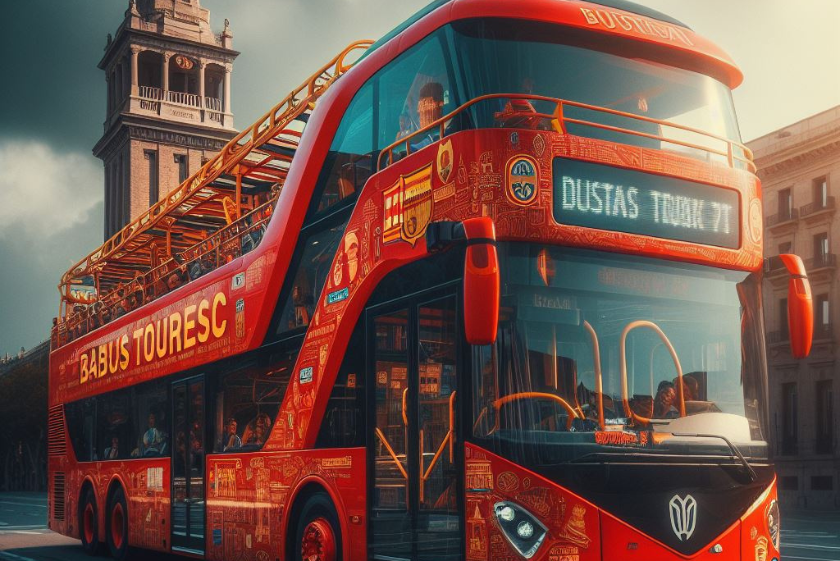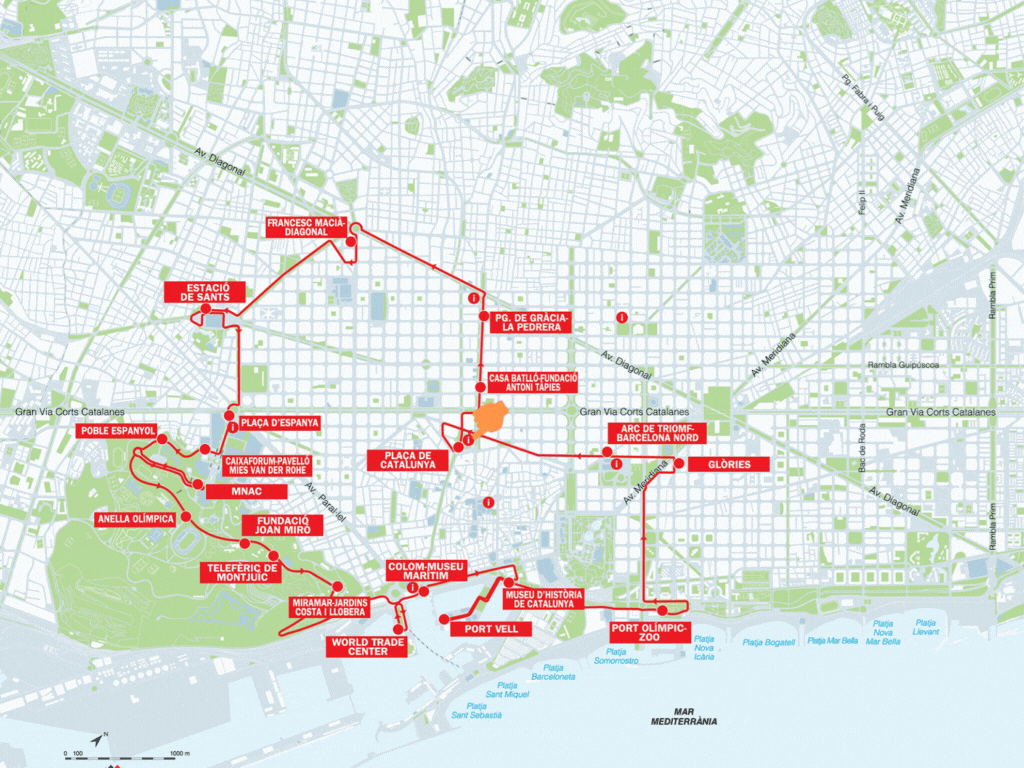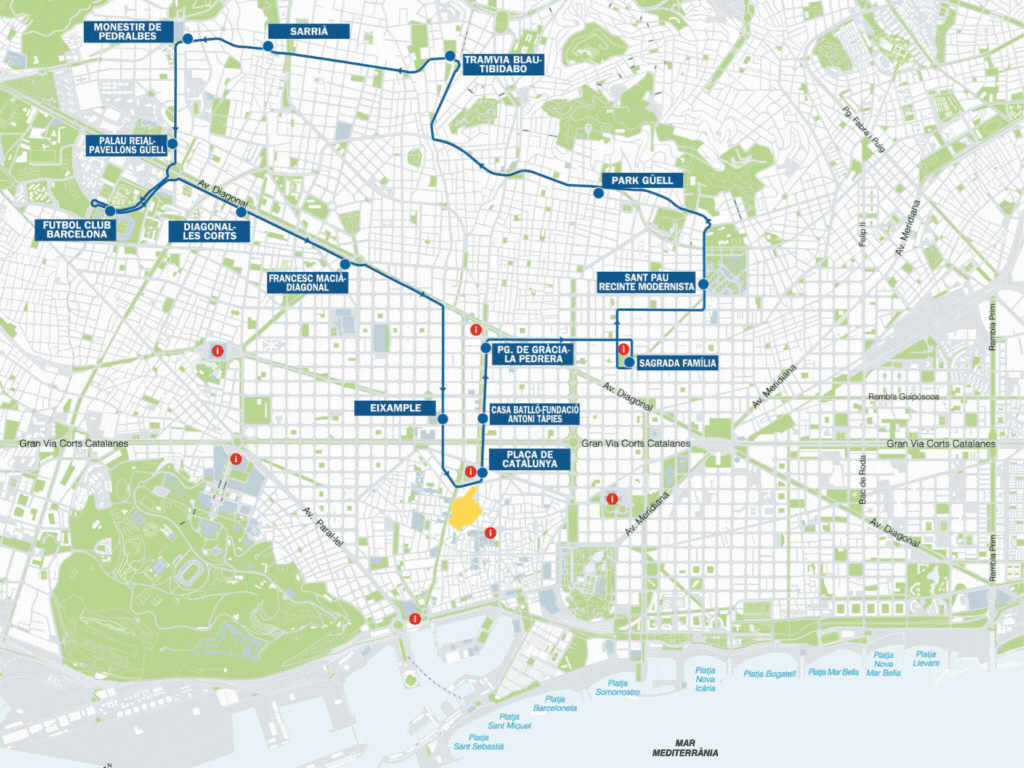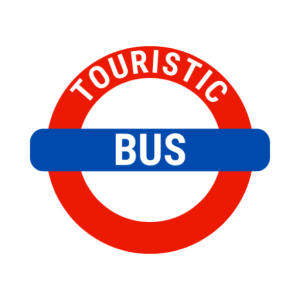
Step into the heart of El Raval, a district pulsating with the lifeblood of Barcelona’s rich heritage and cosmopolitan vibrancy. A stroll through El Raval is like traversing through time, where each corner tells a story, each alley sings a song, and every building paints a picture of a past that seamlessly blends into the present. From its 14th-century origins as a hub for convents and monasteries to its transformation into an industrial powerhouse and now a cultural center, El Raval embodies Barcelona’s dynamic spirit. La Rambla, Plaça de Catalunya, and the Vapor Bonaplata‘s industrial architecture are just the beginnings of a deep dive into this eclectic neighborhood. Hop off at the Plaça de Catalunya stop on the Blue Route of the Barcelona Bus Turístic to explore El Raval’s winding streets, where history and modernity meet in a multicultural dance.
From Medieval Roots to Modern Transformation
El Raval’s journey from medieval outskirts to Barcelona’s beating heart is a tale of evolution and resilience. Originally a space outside the city walls, it grew to accommodate the overflow of Barcelona’s expanding population, welcoming industries and workers with open arms. The Vapor Bonaplata, one of the first steam-powered textile factories in Spain, stands as a testament to El Raval’s industrial vigor, marking the district’s pivotal role in Catalonia’s industrial revolution.
A Cultural Metamorphosis
The transformation of El Raval into a cultural hub is a narrative of revival and reinvention. The Centre de Cultura Contemporània de Barcelona (CCCB) and Museu d’Art Contemporani de Barcelona (MACBA) anchor the district’s cultural landscape, offering a space for contemporary art and thought to flourish. These institutions, alongside the Gran Teatre del Liceu and the Library of Catalonia, craft a mosaic of cultural expressions that reflect El Raval’s diverse and dynamic character.
A Cosmopolitan Tapestry
El Raval’s essence lies in its diversity. It’s a melting pot where over a hundred nationalities weave a vibrant social fabric, creating a multicultural community unique within Barcelona. This cosmopolitan atmosphere is palpable along La Rambla del Raval, where an eclectic mix of cuisines, music, and art from around the world converge, offering a taste of global cultures in the heart of the city.
Living the Raval Way: Ravalejar
To “ravalejar” means to experience El Raval in all its glory—from its bustling bars and cafes to the hidden gems dotting its narrow streets. It’s about embracing the district’s spirited lifestyle, where the past and present coexist, and where tradition and innovation mingle in the colorful streets and squares.
Embracing Art and Innovation
El Raval’s streets are an open canvas for artists, where graffiti and murals tell stories of identity, resistance, and community. The district’s alternative art scene is complemented by innovative projects and spaces that push the boundaries of creativity and entrepreneurship, showcasing El Raval’s role as a breeding ground for new ideas.
FAQs: Discovering El Raval
- How can I explore El Raval?
- Start your journey with the Barcelona Bus Turístic, disembarking at the Plaça de Catalunya stop on the Blue Route. From there, El Raval’s treasures are just a walk away.
- What are the must-see attractions in El Raval?
- Don’t miss the CCCB, MACBA, Gran Teatre del Liceu, and the vibrant street life of La Rambla del Raval. Each offers a unique perspective on El Raval’s cultural and artistic vibrancy.


The Heartbeat of Barcelona
El Raval stands as a testament to Barcelona’s ever-evolving character, a district where history is not just remembered but actively shapes the present. Its streets, a kaleidoscope of cultures, arts, and ideas, invite visitors to dive deep into the essence of what makes Barcelona truly unique. With the Barcelona Bus Turístic as your guide, El Raval is not just a destination but an experience, offering insights into the soul of a city that never stops moving forward.
